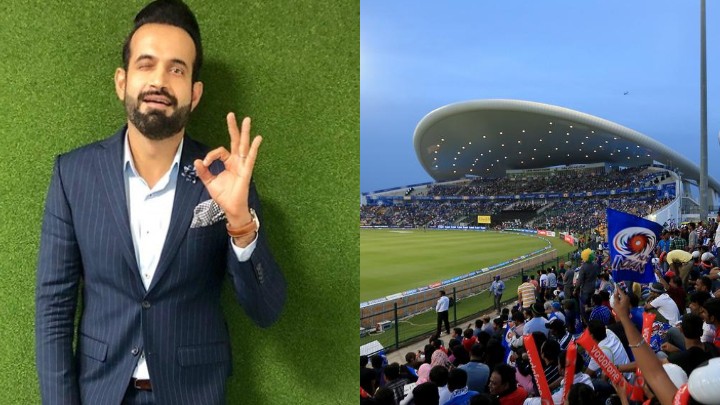In one his finest strokes post retirement, former India captain and ICC Hall of Fame member, Rahul Dravid, defined success, saying it is "being the best you can be".
On youtube show 'Inside Out' hosted by ex India cricketer WV Raman, Dravid gave a prudent advice that can be followed not just by those hoping to make great sporting careers, but also those striving to make ends meet in different walks of life.
"Success is being the best you can be. For me that's it. Personally, at least, at the end of the day success is not about a lot of runs or wickets or things like that," he said.
"If you are able to sit back and [look back] on your career and say, 'Hey, I gave it my best shot, I tried my very best'... Sometimes you might play a lot of cricket, sometimes you play less cricket. Or whatever it is that you do in life. And you need a bit of luck as well for things to fall in place. You can't escape that."
"You can't compare yourself with other people - at the end of the day it's your journey, so just be the best that you can be," added Dravid.
"In cricket, you fail a lot more than you succeed. In batting, in general, you fail a lot more. If you consider a fifty as a success point, you don't cross fifty in the majority of your innings, so you do learn to fail a lot in cricket, and a guy who has an average of 50 in international cricket has failed a lot more times than he has succeeded."
Dravid, who continues playing his part in the betterment of Indian cricket as the head of NCA, a role he was elevated to last year after coaching India A & U-19 for long, credited the junior and senior selection committee members for making his job easier and understanding the need to rotate players beneath the international game instead of prioritising results.
"I'm the figurehead of it, but credit should also go to the selectors," he said. "A lot of the senior selectors and the junior selection committees that I worked with, whether it be the MSK-led [MSK Prasad] and Aashish Kapoor's team and Venky [Venkatesh Prasad] before that. I think all of them have bought into that [idea]."
"It's not easy for the selectors as well because they're sometimes looking for results immediately and sometimes they're under pressure for the teams they pick. They've really bought into this and they respect it and, sometimes, even if results don't go their way, they're happy to see the bigger picture which is really great."
Rotating players not only spreads the net wider in terms of the talent that selectors and coaches can look at, but also removes insecurity in players, as they get their due number of opportunities.
"It does give people a lot of opportunities," Dravid stressed. "Going on a tour they know that they are guaranteed some games, that they're going to get some opportunities. We try and have at least three, if not four, India A tours in a year. In that case, all these boys know that when they perform they're going to get a fair opportunity to push for [a place] in the India team."
"When you're doing well and are given more opportunities, who knows where that can take you. And you've seen that in the recent results: someone like a Hanuma Vihari, Shreyas Iyer, Manish Pandey and even some of the bowlers like [Mohammad] Siraj, [Navdeep] Saini, [Shardul] Thakur, and a lot of these boys coming through have had that opportunity and have been able to show the selectors, 'hey, look, pick us, we are here and we can perform at this level'," he concluded.
(Quotes from ESPNcricinfo)


